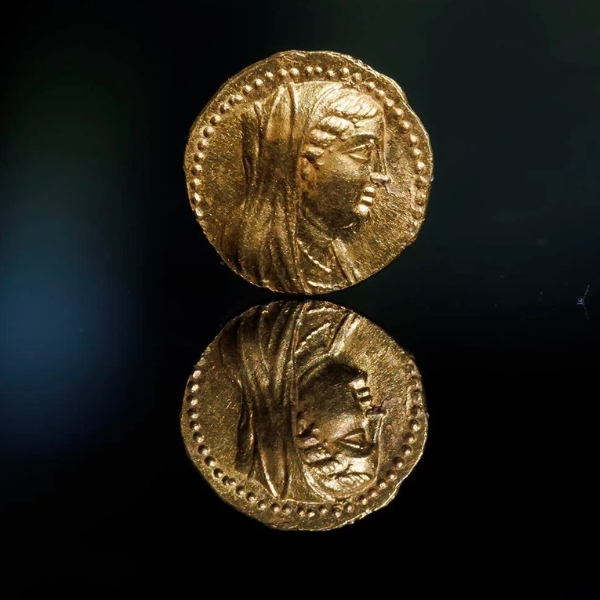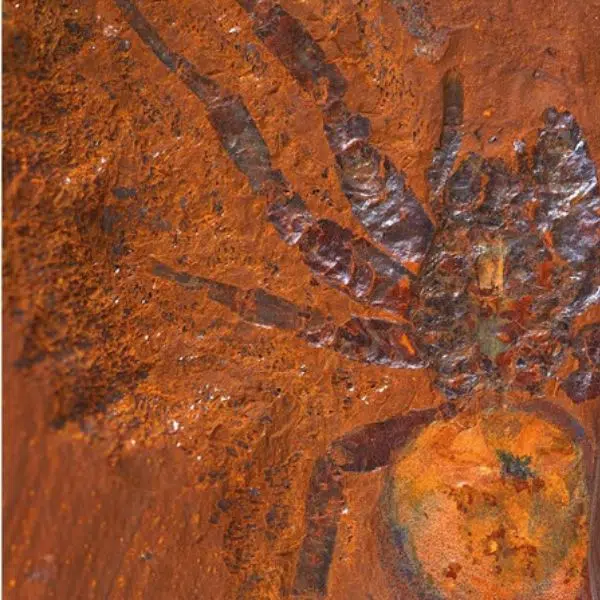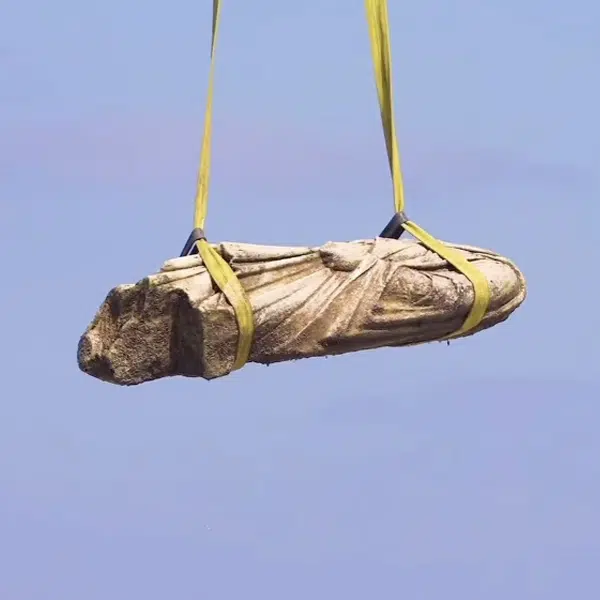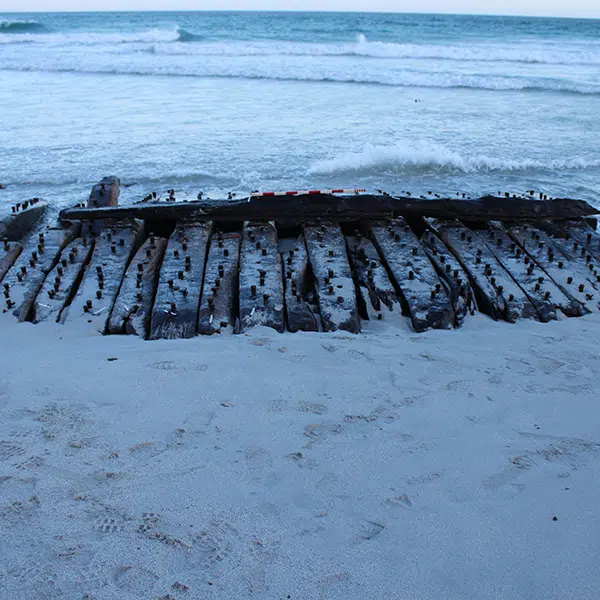On November 3, 2024, the Polish Treasure Hunters Association “Husaria” and the Triglav Historical and Research Association descended into the Masovian woods north of Warsaw in search of a Roman-era trade route. Though the path itself wasn’t found, Sławomir Milewski and his son Szymon Milewski unearthed a hoard of 16th- and 17th-century coins instead.
The father-son duo stumbled upon the 17 historical coins inside a shallow hole with the help of their metal detectors. The hoard spans nearly 100 years of history, with the oldest coin dating between 1564 and 1587, and the most recent being from 1641.
The hoard consists of two different types of coins: nine thalers and eight patagons. Thalers, from which the word “dollar” is derived, were widely used throughout Europe during the Early Modern period. This impressive geographical range is reflected within the trove, with discovered thalers hailing from Austria, Prussia, the District of Tyrol, Saxony, and the Duchy of Palatinate-Zweibrücken. Patagons, on the other hand, were exclusively minted in the Spanish Netherlands, which comprised territories such as modern-day Belgium, the Netherlands, and Luxembourg.
Beyond its historical significance, the trove has also proven incredibly valuable. One 1630 thaler features a portrait of the Polish and Swedish king Sigismund III Vasa (1566-1632), and is similar to a coin that sold for about $24,000 last year. Another thaler from 1623 was only minted for two years, dramatically increasing its rarity. Altogether, the hoard is presumed to be worth about $124,000.
Given its tremendous breadth, the location of the find raises further questions.
“We suspect that one of the soldiers lost his pay,” Mateusz Sygacz of the Polish Treasure Hunters Association told All That’s Interesting. “Another assumption is that the burial was made by a merchant who wanted to hide his property from potential robbers—there was an inn about a kilometer away from the 16th century, and we know from earlier discoveries of similar deposits that it was a common practice to hide valuables before visiting an inn.”
The treasure has since been handed over to the local conservator of monuments, whereupon officials hope to facilitate an eventual museum acquisition.
To stay in the loop about this exciting discovery, follow the Polish Treasure Hunters Association on Facebook.
A rare coin hoard was discovered in Poland by a father-son duo originally searching for a Roman-era trade route.
The hoard consists of 17 coins from the 16th and 17th centuries, many of which are considered very valuable.
Estimated to be worth about $124,000, the coin hoard has been handed over to the local conservator of monuments.
Sources: Polish Husaria Searchers’ Association; ‘Treasure!’: A Stunning Hoard Of Coins From The 16th And 17th Centuries Was Just Unearthed By A Father And Son In Poland
Related Articles:
Mysterious Hoard of 3,000 Roman Coins Discovered in Germany, Miles from the Empire’s Borders
Trove of Persian Gold Coins Discovered in Ancient Greek City
British Man With a Metal Detector Stumbles Upon 52,000 Ancient Coins Worth $500K






















































































